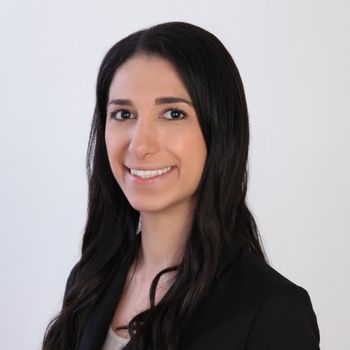
Dermatologists Post Less Than 4% of Top Acne Content on Instagram
A recent study found that influencers and retailers dominate #acne on the platform.
When patients log on to social media, what kinds of acne content are they seeing? Unfortunately, probably not posts from healthcare professionals, according to a recent study.1 Influencers generate a majority of acne-related Instagram content and dermatologists are responsible for less than 4% of top posts under the hashtag #acne according to a recent study.Retailers accounted for 22.1% of the 439 posts analyzed in the study. Non-dermatologist providers ranked third, with fewer posts than influencers and retailers but more than dermatologists at 15.26% of top posts.
As the breakdown of content creators might suggest, the most common themes for the posts were, in descending order, posts that promoted a commercial product, acne awareness and self-acceptance content, advertisements for services from a medical or beauty industry provider, home remedies, behavioral interventions and the causes of acne, according to the authors.
Of the posts, “254 posts recommended at least one specific intervention, and 124 separate ingredients were proposed as potential acne treatments,” wrote study authors Ward and Rojek. They also noted that most recommendations centered on at-home treatments and posts rarely recommended physician-guided treatment.
Only 11% of posts suggested treatments with Grade A evidence per the American Academy of Dermatology guidelines.2 The authors also noted that dermatologists had the lowest engagement on their posts, even if they had similarly-sized followings.
While the study sheds light on how social media may impact the information patients are exposed to, the authors note some limitations to its design. “This study is limited as it represents only a snapshot in time. It is further limited by its assumption that the number of likes and followers is a proxy for influence. Further research is needed to determine whether patients weigh content differently based on its source and if/how exposure to this content leads to changes in behavior or attitudes. Nevertheless, there is a vast amount of acne-related content readily available to patients on this platform that has over 100 million US users. This study showed that the content is heterogeneous in message and quality, and dermatologists are responsible for a tiny fraction of it.”
Disclosures:
The authors have no relevant financial disclosures.
References:
- Ward S, Rojek N. Acne Information on Instagram: Quality of Content and the Role of Dermatologists on Social Media. J Drugs Dermatol. 2022;21(3):333-335. doi:10.36849/JDD.6411
- Zaenglein AL, Pathy AL, Schlosser BJ, et al. Guidelines of care for the management of acne vulgaris. J Am Acad Dermatol. 2016;74(5):945-73.e33. doi:10.1016/j.jaad.2015.12.037
Newsletter
Like what you’re reading? Subscribe to Dermatology Times for weekly updates on therapies, innovations, and real-world practice tips.


















